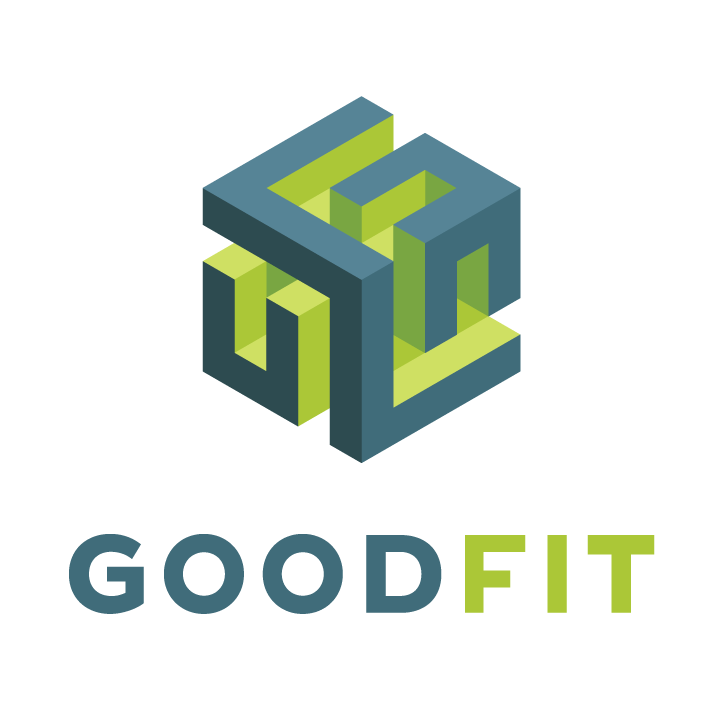GoodFit: 10 Key Things You Must Know

Overview
GoodFit is an innovative digital platform designed to revolutionize the way individuals and organizations approach fitness, wellness, and personalized health solutions. At its core, GoodFit aims to blend technology with health science to provide users with tailored fitness regimens, nutritional plans, and progress tracking. The platform's appeal lies in its adaptability, catering to a broad audience that ranges from beginners seeking general wellness to athletes pursuing optimized performance. As wellness continues to gain prominence globally, GoodFit stands out as a noteworthy player integrating artificial intelligence and user data to unlock better health outcomes. Below, discover essential insights into GoodFit’s origins, features, impact, and what it holds for the future.
1. Founding and Development
GoodFit was founded in the early 2020s by a team of fitness enthusiasts and tech innovators who identified a gap in the market for truly personalized health and fitness solutions. The platform was developed with extensive input from healthcare professionals, nutritionists, and exercise scientists to ensure it is evidence-based and effective. Its initial release was met with enthusiasm due to its blend of user-friendly interface and advanced data analytics, setting it apart from traditional fitness apps.
2. Core Features and User Experience
GoodFit offers a suite of customizable options including personalized workout plans, nutritional advice, and wellness tracking. The platform leverages machine learning algorithms to adapt plans dynamically based on progress reports and user feedback. This means users receive evolving, data-driven guidance rather than static content. The app’s dashboard is intuitive, giving easy-to-understand summaries while allowing users to drill down into detailed metrics.
3. Integration of Artificial Intelligence
A standout aspect of GoodFit is its use of artificial intelligence (AI) to optimize fitness and health outcomes. AI evaluates user data—such as biometric readings, activity logs, and dietary habits—to generate and adjust recommendations. This intelligent backend allows GoodFit to support various goals, such as weight loss, muscle gain, endurance improvement, or general wellness, enhancing effectiveness and user motivation.
4. Popularity Among Different User Groups
GoodFit appeals to a diverse audience, including casual exercisers, fitness professionals, and corporate wellness programs. Beginners appreciate the easy entry point and personalized coaching, while athletes benefit from performance analytics. Corporate users leverage GoodFit to promote employee health, reduce absenteeism, and improve productivity, demonstrating the platform’s versatility.
5. Emphasis on Mental Wellness
Beyond physical fitness, GoodFit prioritizes mental health by incorporating mindfulness exercises, stress management tools, and sleep monitoring. Recognizing the importance of holistic health, the platform encourages balanced lifestyle choices that connect physical activity with psychological well-being, making it a comprehensive solution for modern wellness challenges.
6. Accessibility and Device Compatibility
GoodFit is designed to be accessible across multiple devices, including smartphones, tablets, and smartwatches. Compatibility with popular wearable fitness devices allows for seamless data import, expanding the platform’s accuracy and user convenience. Additionally, GoodFit supports various operating systems and offers offline mode functionality, ensuring users can stay on track regardless of connectivity.
7. Scientific Backing and Partnerships
The credibility of GoodFit is enhanced by partnerships with research institutions and health organizations. The company regularly updates protocols based on emerging scientific evidence from exercise physiology and nutrition studies. These collaborations ensure that recommendations remain current and grounded in the latest health research.
8. Data Privacy and Security Considerations
Given the sensitive nature of health data, GoodFit has implemented strong privacy policies and security measures. User information is encrypted, and the company complies with international standards such as GDPR to protect data privacy. Transparency about data use practices builds trust among users, which is crucial for a health-centered technology platform.
9. Challenges and Criticism
Like many emerging health technology platforms, GoodFit faces challenges including maintaining long-term user engagement and navigating regulatory environments in different regions. Some users have noted the learning curve associated with AI-driven recommendations or occasional technical glitches. The company actively works to improve user support and system robustness to address these issues.
10. Future Prospects and Innovations
Looking ahead, GoodFit aims to incorporate more advanced biometric sensors and deepen integration with virtual reality for immersive fitness experiences. Expansion into new markets and collaboration with healthcare providers for preventive care initiatives are also on the horizon. With ongoing innovation, GoodFit seeks to maintain its role as an essential tool in the evolving landscape of digital health and wellbeing.
Conclusion
GoodFit signifies a modern approach to health and fitness, blending cutting-edge technology with personalized, science-backed strategies to meet diverse wellness needs. With its focus on both physical and mental well-being, accessibility, and data-driven customization, GoodFit has carved out a significant space in digital health platforms. As health technology continues to advance, the question remains: how will tools like GoodFit redefine personal fitness and holistic wellness in the years to come?
References
- GoodFit Official Website
- Digital Health Trends in 2025
- AI in Fitness Apps: Current Applications
- The Importance of Mental Wellness in Fitness
- Wearable Technology and Data Privacy
- Fitness Technology Adoption Among Corporate Wellness Programs
- Exercise Physiology and Nutrition Science
- Challenges in User Engagement for Health Apps
- Virtual Reality and Fitness
- Global Regulatory Landscape for Health Apps